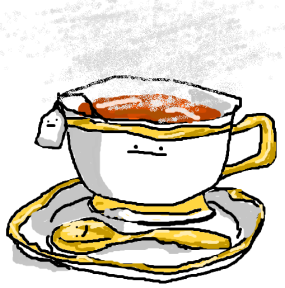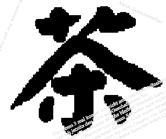About tea, we put together in our own way.
| Summarize "knowledge to know and gain"... |
| Tea belongs to the Camellia family, and the scientific name is "Camellia
sinensis". Green tea and black tea are from the same tree. Shincha
is called first, second, and so on depending on the era. |
 |
| Summarizing the "world of Japanese tea"... |
| There are many types of Japanese tea. Gyokuro is basically used. Barley
tea becomes barley tea, but it is Japanese tea. |
 |
| Summary of "About History"... |
| Tea was introduced to Japan during the Heian period. Over time, it has
grown and permeated Japan, rooted in the life of the nation. |
| Summary of “recommendations”… |
・If you want to wake up first thing in the morning, then “Sencha”.
・The best tea to drink during a meal is "Oolong tea".
・The tea you should drink during the afternoon break is " black tea"
・Before sleep, use chamomile tea.
・For heat stroke countermeasures in the summer, "barley tea"
・I wrote again. I hope you understand. |
 |
| Summary of the "interview" |
The tea that Otaen sells is bancha such as gyokuro and sencha.
The trick to brewing delicious tea is to add a little water and add more tea leaf powder than you think.
As for the right temperature for tea, the lower the better, but the too low is also not good.
The recommended tea for each month seems to be the best tea in spring. |
| Summarize "I actually tried"... |
| There is an appropriate tea to drink for each scene. The way it is inserted may also change. Among Japanese teas, I think there are recommended teas for each occasion. If I have another chance, I would like to check it out again. |
 |

Q1. What kind of plant is tea leaves?
Camellia wheat
|
Q2. What kind of tea is good for summer fatigue?
Sencha barley tea
|
Q3. Which tea leaves are the best?
Gyokuro barley tea
|
Q4. Which is the correct kanji for tencha (Japanese tea)?
甜茶 碾茶
※Both are pronounced tencha, so I wrote them in kanji. |
There is an answer. Try to find it.
  |

